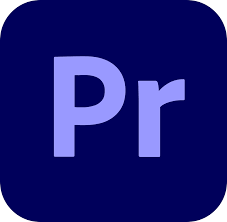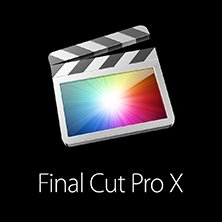Video Editing Software — What Do the Professionals Use?
Ever wonder what editing software Hollywood and independent producers use? The good news is professional video editing programs once exclusively used by major productions studios are now available, at a price, to consumers. These software packages do not come cheap but do provide an opportunity to produce studio-quality content, with a host of third-party support. Just be prepared to invest sufficient training time if you want to get the most out of your chosen package.
Professional software packages will demand more of your computer’s processing power, so you just need to make sure that you are using a relatively new computer with decent specs. If you want to be 100% sure that your computer can handle the software, just look at the tech specs for each package, which tend to change over time. Also, I would recommend you take advantage of any free software trial periods on offer.
Adobe Premiere Pro
Description: Adobe is now integrated with AI tools and offers a comprehensive solution and is part of Adobe’s Creative Cloud Suite. Premiere Pro's editing functionality supports high resolution rates and integrates seamlessly with Adobe products such as Illustrator, After Effects, and Photoshop.
Advantages: Seamless integration with Adobe Creative Suite; available on both Mac and PC; powerful and versatile.
Disadvantages: Requires a powerful computer; subscription-based pricing.
Movies Edited: "Gone Girl," "Terminator: Dark Fate," "Hail, Caesar!", "A Ghost Story," "Kingsman: The Golden Circle."
Website: Adobe
Final Cut Pro X
Description: This is Apple's dedicated professional video editing tool. It is renowned for its modern interface and has a list of great features such as workflow enhancements and ColorSync integration.
Advantages: Intuitive interface; optimized for Mac; professional-grade features.
Disadvantages: Available only on Mac, limiting collaboration; may be challenging for beginners.
Movies Edited: "X-Men Origins: Wolverine," "No Country for Old Men," "Cold Mountain."
Website: Apple
Avid Media Composer
Description: Avid has been used in Hollywood for a number of years and is a staple. With loads of history Avid Media Composer has shaped the video editing industry for over three decades. Its reputation for quality and robust features makes it a favoured choice among professionals.
Advantages: Industry standard; robust features; supports PC and Mac.
Disadvantages: Steeper learning curve; can be expensive.
Movies Edited: "Avatar," "The Martian," "Gran Torino."
Website: Avid
DaVinci Resolve
Description: DaVinci Resolve is an incredibly versatile program. It’s known in the industry for having one of the best colour grading engine and workflows. It has also evolved and has a very effective editing engine.
Advantages: World-renowned colour grading; versatile editing features; free version available.
Disadvantages: Requires a powerful computer; colour grading may be overwhelming for novices.
Movies Edited: "Mad Max: Fury Road," "La La Land," "The King's Speech," "Jason Bourne," "The Avengers."
Website: Blackmagic Design
These professional video editing software packages each have their unique strengths and potential drawbacks. By examining these tools and the prominent movies that have utilized them, content creators and educators can make informed decisions to suit their needs and preferences. Whether it's flexibility, specialization, or a combination of both, these packages offer incredible opportunities for creative exploration and production.





